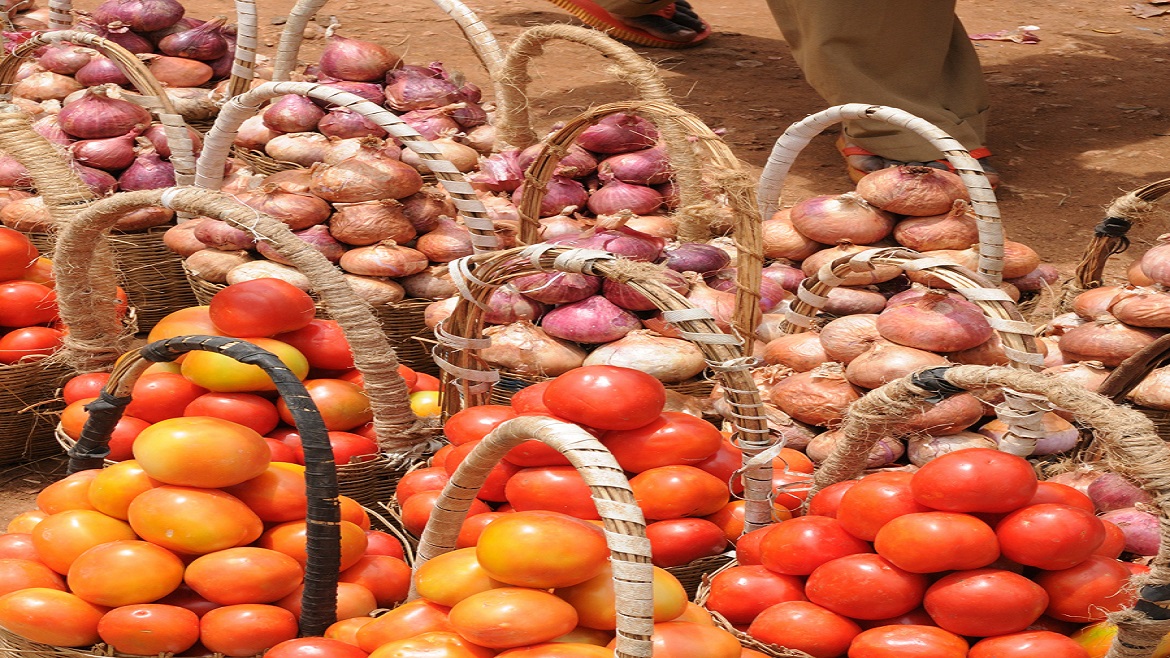The food security debate is moving on, and no more quickly than in Asia-Pacific’s fast-changing markets. Having just returned from Myanmar where I was examining policy related to food security, one of the most striking findings was the way in which the public discussion is evolving. The country is deemed by some public officials to be “food secure”, given Myanmar’s surplus production of rice. Yet, it is increasingly being recognised that much of the population remains vulnerable to food insecurity, and that issues related to accessibility, safety and nutrition are pervasive. Even in the region’s least-developed economies, the focus on quantity—and on tackling hunger through the magic tools of productivity and yield—are now giving way to a greater emphasis on the quality and nutritional value of food.
With rising purchasing power in the region, there is a growing need to secure sufficient quantity of affordable food and greater diet diversity. To this end, Asian countries have integrated themselves into global systems for agricultural production and food processing, leading to the creation of longer, sprawling food supply chains that could span numerous countries. The issue of food quality and what to do about it is complicated by the growing complexity of the food supply chain in Asia.
At the same time, the market for domestic production remains highly fragmented in the transition economies. China has some 200m smallholders raising poultry and fish stock, while India has an estimated 120m, making education and monitoring of producers on the virtues of clean, safe food extremely difficult—with implications on food safety for consumers. Extensive media coverage and social media activity around high-profile food safety scares—from tainted milk powder in China, to poisonous boot-leg liquor in India and rotten apples from New Zealand— suggests that this remains an emotive issue across the region, and that the enforcement of national food safety standards is difficult in even the most developed countries.
Findings of the Economist Intelligence Unit (EIU) report, “A Healthy Future for All: Improving Food Quality in Asia,” (available for download at http://www.managementthinking.eiu.com/healthy-future-all.html) indicates that the need to address the quality, or safety and nutritional value of food is not simply a public health priority, but one that is increasingly being driven by consumers. More investment by companies to ensure the integrity of their food supply chains, and growing activity in partnerships and outbound M&A activity between local companies and foreign players with the technical capacity and know-how to improve food safety, are just some of the ways in which the industry is responding to the demands of the market.
The safety component of food quality has drawn the most attention of late, but there are also rising concerns about rising obesity in the region, and the stubborn issue of malnutrition. With rising incomes has come a first-time obesity problem in many of Asia’s emerging markets, and in some cases, the scourge of the double burden of malnutrition— where excess intake of calories coexists with under-nutrition. An interesting finding from the EIU’s research is that here too, there is a growing demand from the market for products and solutions.
With respect to obesity, heightened consumer awareness of health and wellness is reflected in a growing demand for “better-for-you” products, and in some developed markets, lessening demand for those that are “unhealthy.” In Australia, the per capita consumption of carbonated drinks is projected to decline by 2.5% between 2012 and 2016, according to projections by Mintel and the EIU. Though China will continue to see growth in this segment (13.3% between 2012 and 2016), growth in the demand for beverages that are perceived to be healthier will surpass fizzy drinks significantly— consumption of juice per capita will jump by 42.5%, and bottled water by 59.3%.
At the same time, industry efforts to address malnutrition can be more than a fillip to Corporate Social Responsibility (CSR) –in fact, the success and scale of several fortification programmes have indicated that there is a credible market for companies at the so-called bottom of the pyramid. Cargill, a US food company, has evolved its CSR vitamin-A oil fortification programme into a profitable business with 30m customers in India. In the same market, Brittania, an Indian food maker, also established a CSR programme to distribute iron-fortified biscuits to children—in 2012, it sold a staggering 3bn packets to consumers.
The views and opinions expressed in this article are those of the authors and do not necessarily reflect the views of The Economist Intelligence Unit Limited (EIU) or any other member of The Economist Group. The Economist Group (including the EIU) cannot accept any responsibility or liability for reliance by any person on this article or any of the information, opinions or conclusions set out in the article.




